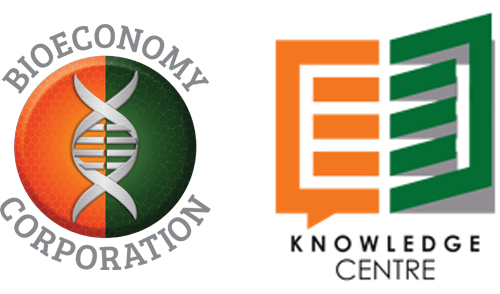Guide to Mutation Detection
| Series: | |
| Publisher: | Wiley |
| Subject: | Mutation (Biology), DNA Mutational Analysis--instrumentation. |
| Authors: | Human Genome Organisation |
| Pages: | 330 pages |
| Binding: | Hardcover |
| ISBN: | 9780471234449 |
| Call No: | QH 461. G85 2005 |
An essential go-to for informed decision-making, the Guide to Mutation Detection is the only single source for the theory and practice of mutation analysis needed to design an experiment. User-friendly, concise, and expertly edited by recognized leaders in the field, the text provides a cutting-edge reference that is still accessible to those with no experience in mutation analysis.
The coverage is divided into two sections, with the first section reviewing such topics as:
- Key technologies
- Mutation scanning
- Cleavage
- Quality control
- High throughput approaches
- Databases
- Nomenclatures
- Tag-array minisequencing
- Electronic hybridization
- Pyrosequencing
- Fluorescent Single-Stranded Conformation Polymorphism (SSCP)
- Denaturing High-Performance Liquid Chromatography (DHPLC)
- Array Comparative Genomic Hybridization (ACGH)
- Microplate Array Diagonal Gel Electrophoresis (MADGE)
Throughout the text, the emphasis remains on practical applications. The detailedprotocols derive from the well-regarded Human Genome Organization (HUGO) training course, particularly those in Montpellier, France, 2002, organized by Mirielle Claustres, Johan den Dunnen, and Graham Taylor. Useful appendices contain important safety data, supplier lists, and bioinformatics resources.
Up-to-date, user friendly, and comprehensive, the Guide to Mutation Detection is an invaluable resource for students and practitioners working across a wide range of genetics-related disciplines.

